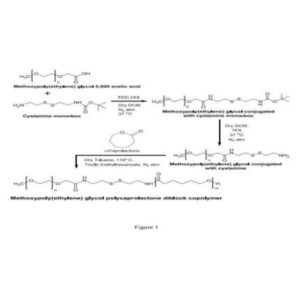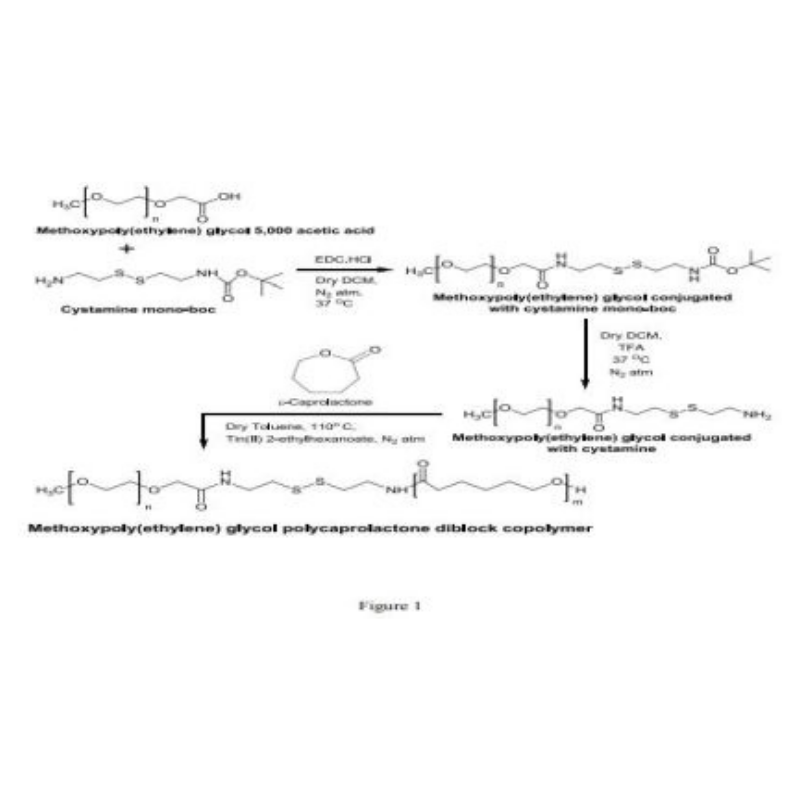Indian Institute of Technology Delhi was established in 1961 as a Centre of Excellence for training, research, and development in science, engineering, and technology in India. The Department of Biotechnology, on the other hand, is an Indian government department, under the Ministry of Science and Technology responsible for administrating development and commercialization in the field of modern biology and biotechnology in India. It was set up in 1986
In India the research of Indian Institute of Technology Delhi focuses on method and transmitter for generating a waveform with optimized PAPR, waveguide technique for the simultaneous measurement of temperature-dependent properties of materials, a microfluidic electrical energy harvester, and easy to use portable manual standing wheelchair with safety features and for outdoor use.
Indian Institute of Technology Delhi and the Department of Biotechnology, filed patent application numbered 201811014943 that is titled as DIBLOCK COPOLYMER IN A NANOSYSTEM, AND IMPLEMENTATIONS THEREOF. The patent has been filed in the field of Chemicals. This Patent Application has been granted as Patent Number 349445. This invention relates to a process of preparing a diblock copolymer with disulphide linkage contacting a hydrophilic polymer, cystamine monoboc, and one 5 coupling agent in presence of a first solvent to obtain a mixture, contacting the first mixture, and one acid in the presence of the first solvent to obtain a second mixture, and contacting the second mixture, caprolactone, and a catalyst in 10 presences of a second solvent to obtain a diblock copolymer.

During the patent examination, the patent examiner raised objections under Section 3(d) of the Indian Patents Act, 1970. It was indicated that the application was not patentable as the claims indicate nothing but a mere use of a known process for preparing a diblock copolymer with disulphide linkage without employing any new reactant.
As a response, the Applicant submitted that under Section 3(d) the Ld. Controller had neither identified the ‘known process’ nor had provided any guidance as to how the process claimed in the Application was a mere use of the ‘known process’. Without such a specific objection, the Applicants were unable to respond clearly to this objection.
Advocate Rahul Dev is a Patent Attorney & International Business Lawyer practicing Technology, Intellectual Property & Corporate Laws. He is reachable at rd (at) patentbusinesslawyer (dot) com & @rdpatentlawyer on Twitter.
Quoted in and contributed to 50+ national & international publications (Bloomberg, FirstPost, SwissInfo, Outlook Money, Yahoo News, Times of India, Economic Times, Business Standard, Quartz, Global Legal Post, International Bar Association, LawAsia, BioSpectrum Asia, Digital News Asia, e27, Leaders Speak, Entrepreneur India, VCCircle, AutoTech).
Regularly invited to speak at international & national platforms (conferences, TV channels, seminars, corporate trainings, government workshops) on technology, patents, business strategy, legal developments, leadership & management.

